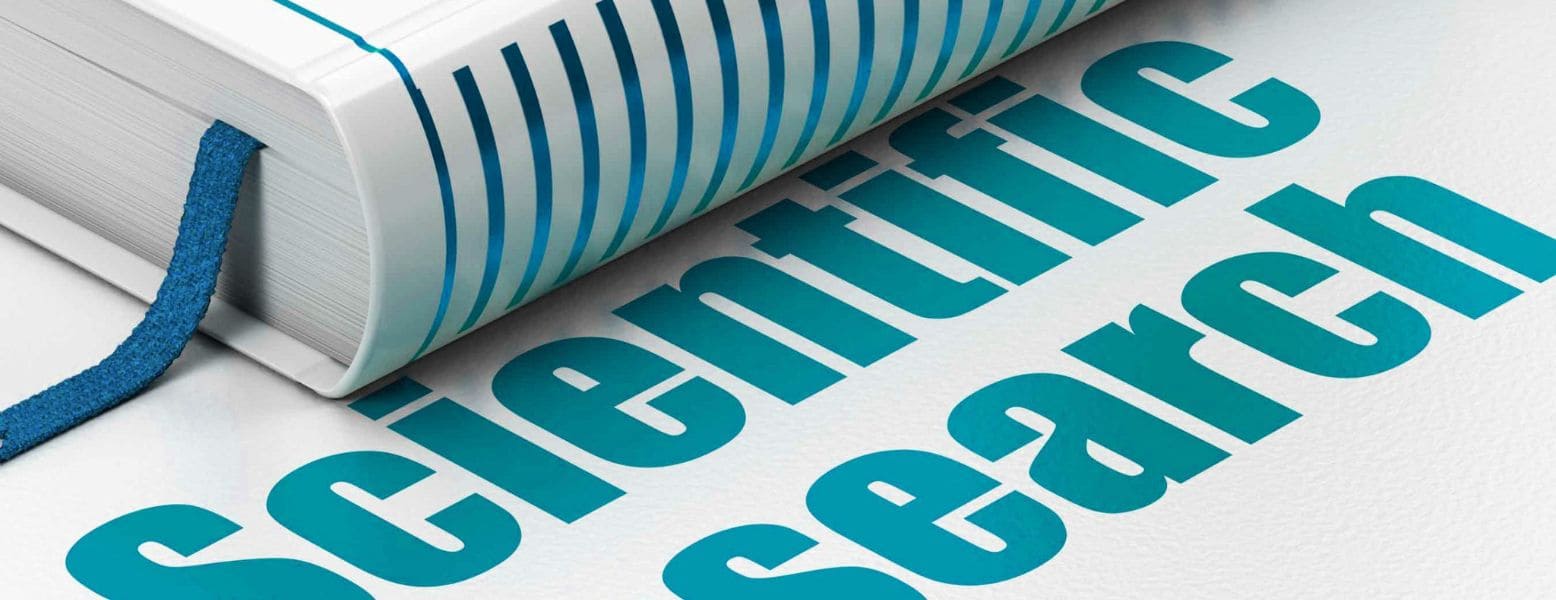


Authors:
Pascale Plas, Lorenzo Limana, Denis Carré, Amath Thiongane, Olivier Raguin, Rosalba Mansi, Florence Meyer-Losic and Stéphane Lezmi
Abstract:
Limited experiments have compared the treatment effects of repetitive cycles of radiolabelled somatostatin (SST) analogues. In vitro and in vivo experiments were conducted in an AR42J cancer cell model, comparing the antagonist [177Lu]Lu-satoreotide tetraxetan with the agonist [177Lu]Lu-DOTA-TATE in terms of their binding properties, biodistribution, anti-tumour activity and toxicity. Histopathological and immunohistochemical examinations were performed at different timepoints. In the in vitro assays, [177Lu]Lu-satoreotide tetraxetan recognised twice as many SST2 binding sites as [177Lu]Lu-DOTA-TATE. In mice treated once a week for four consecutive weeks, [177Lu]Lu-satoreotide tetraxetan (15 MBq) revealed a significantly greater median time taken to reach a tumour volume of 850 mm3 (68 days) compared to [177Lu]Lu-DOTA-TATE at 15 MBq (43 days) or 30 MBq (48 days). This was associated with a higher tumour uptake, enhanced DNA damage and no or mild effects on body weight, haematological toxicity, or renal toxicity with [177Lu]Lu-satoreotide tetraxetan (15 MBq). At the end of the study, complete tumour senescence was noted in 20% of animals treated with [177Lu]Lu-satoreotide tetraxetan, in 13% of those treated with [177Lu]Lu-DOTATATE at 30 MBq, and in none of those treated with [177Lu]Lu-DOTA-TATE at 15 MBq. In conclusion, repeated administrations of [177Lu]Lu-satoreotide tetraxetan were able to potentiate peptide receptor radionuclide therapy with a higher tumour uptake, longer median survival, and enhanced DNA damage, with a favourable efficacy/safety profile compared to [177Lu]Lu-DOTA-TATE.
Ref:
Pharmaceuticals 2022, 15, 1085. https://doi.org/10.3390/ph15091085
